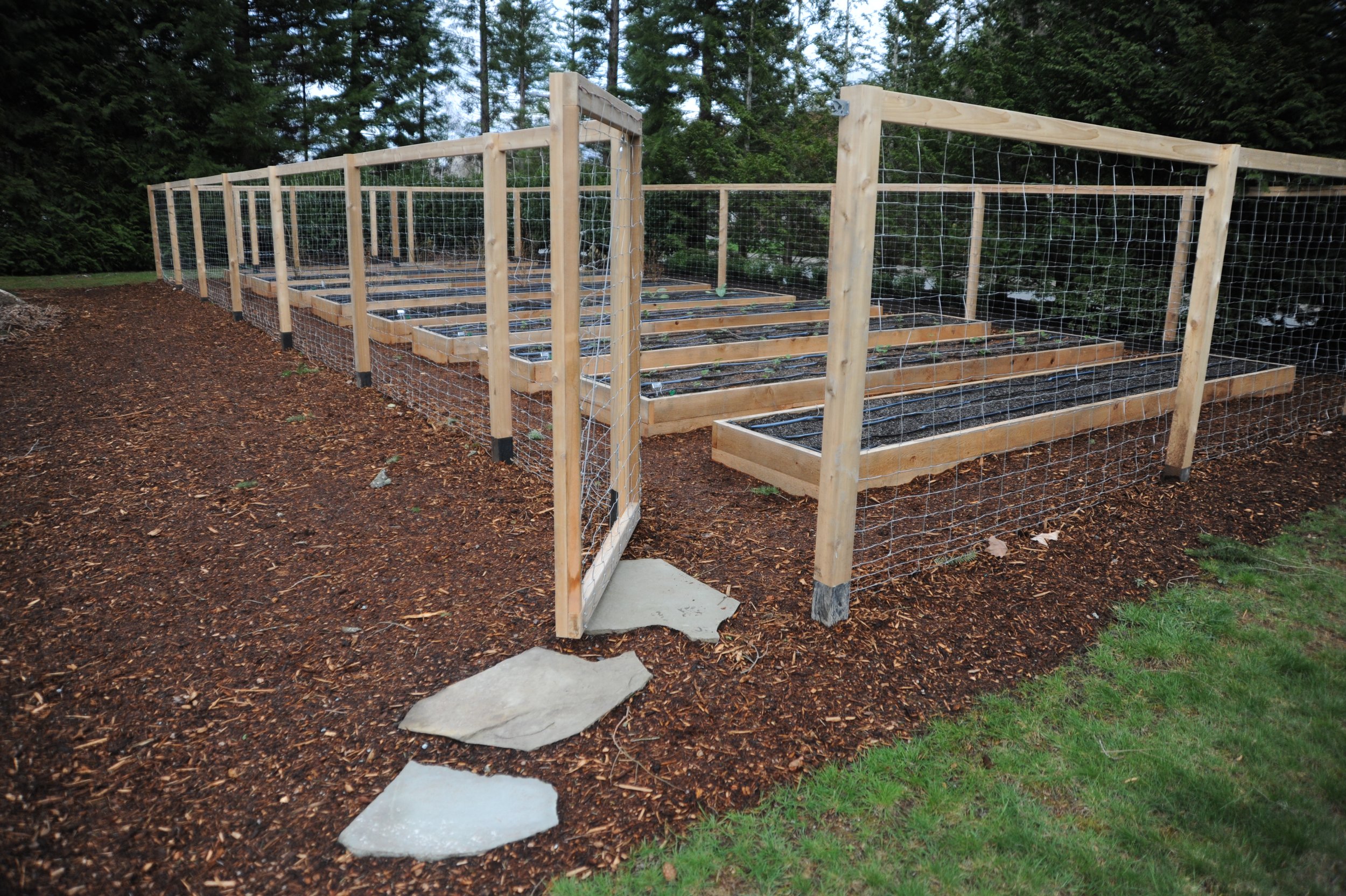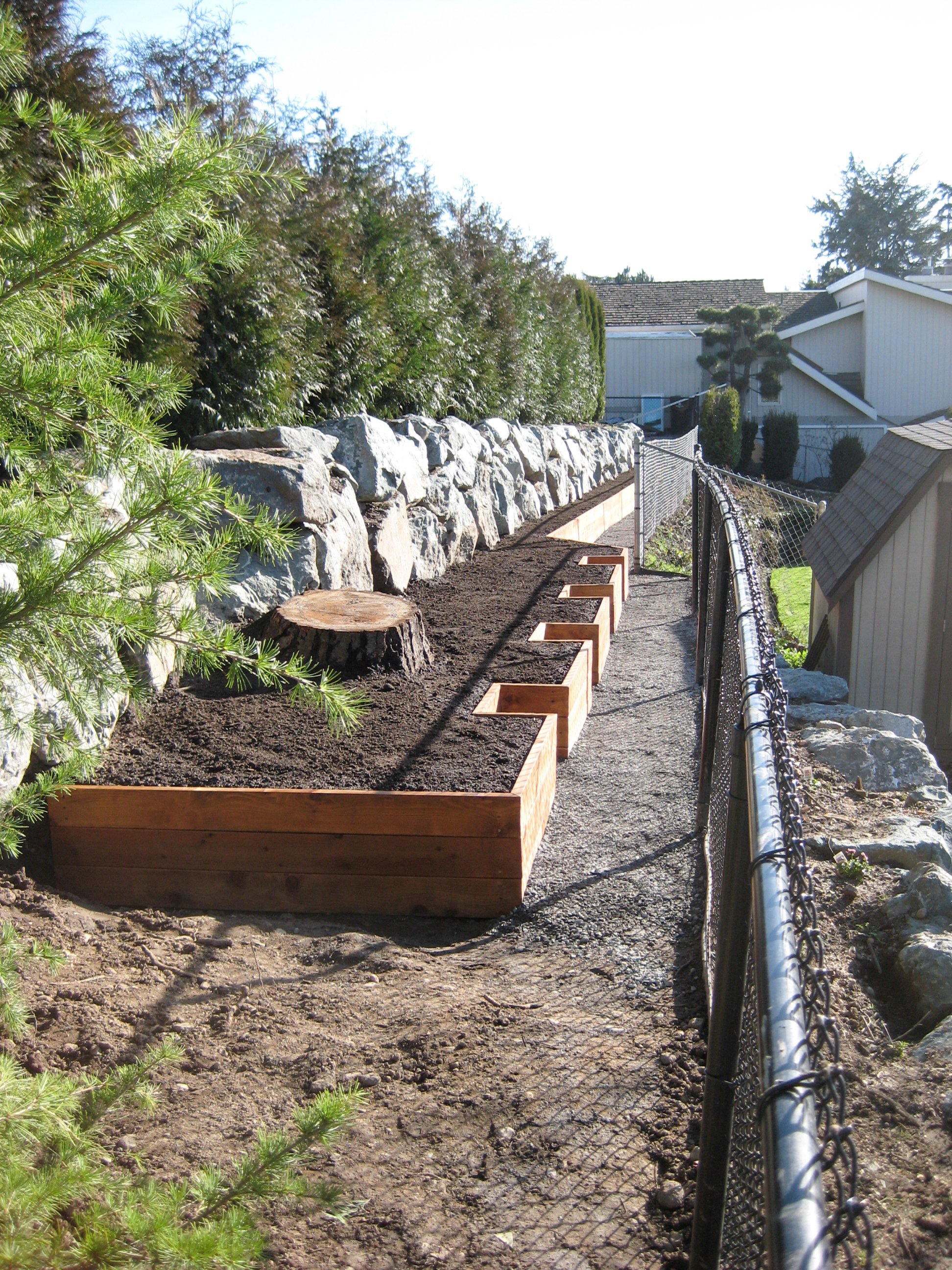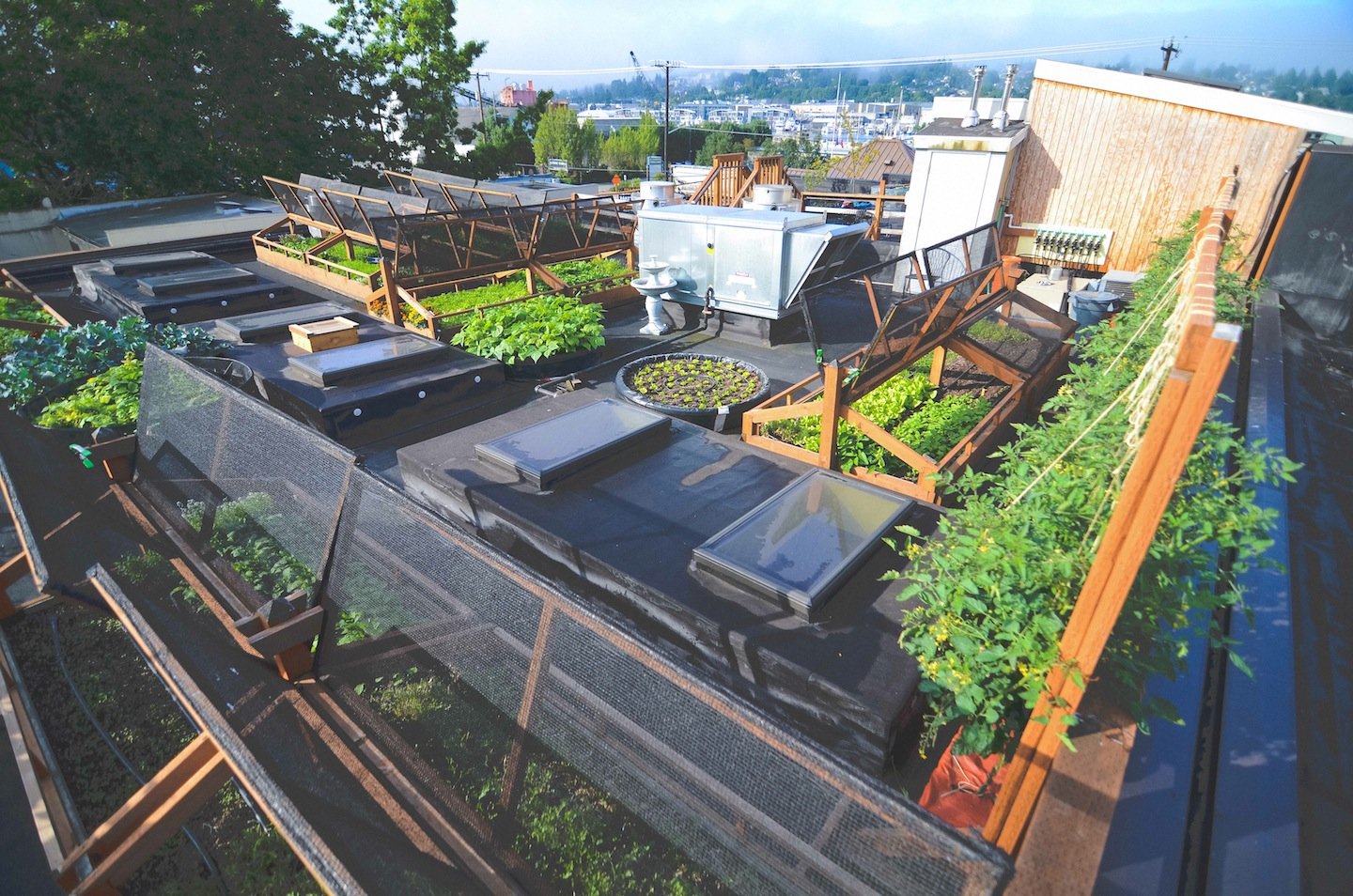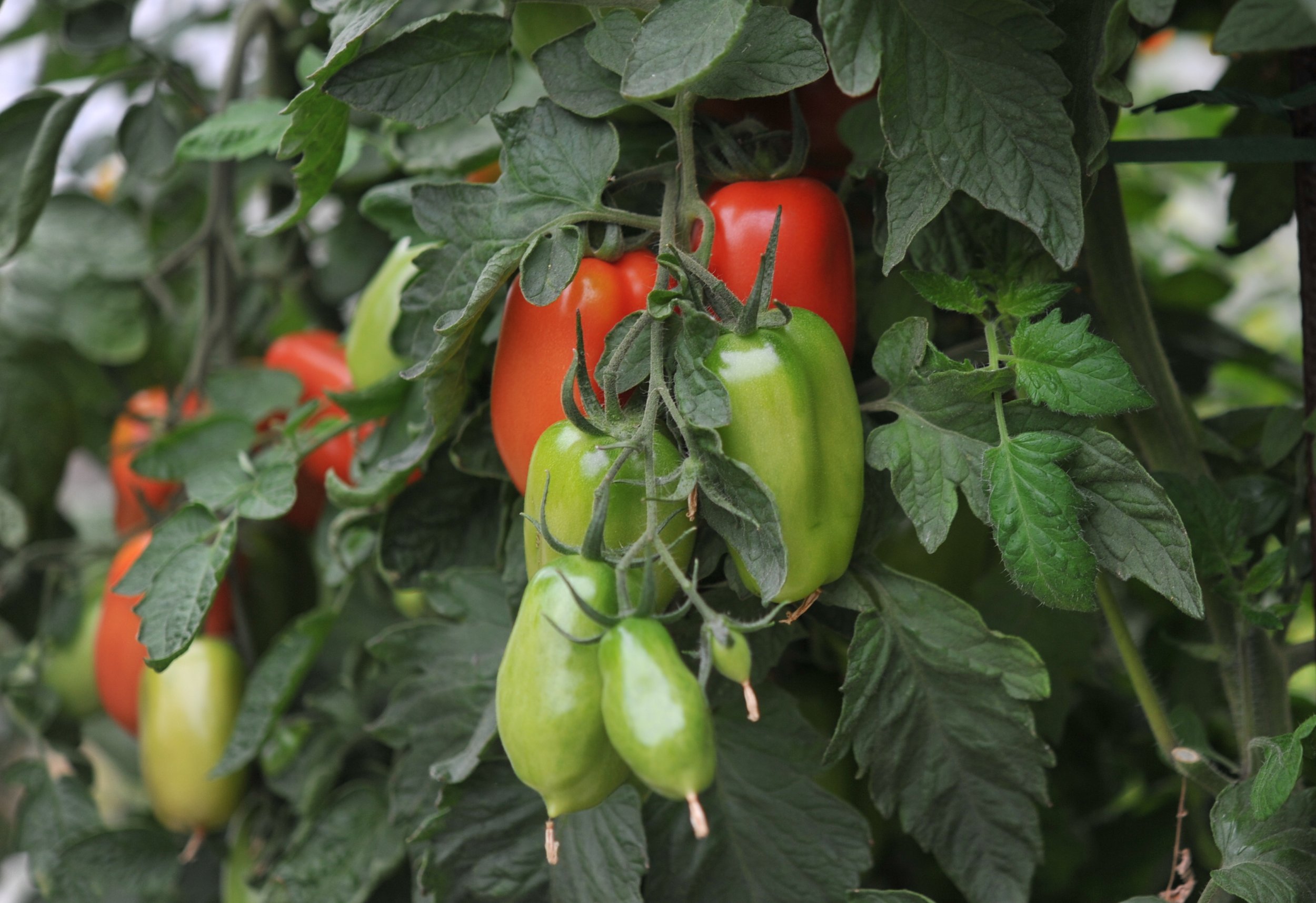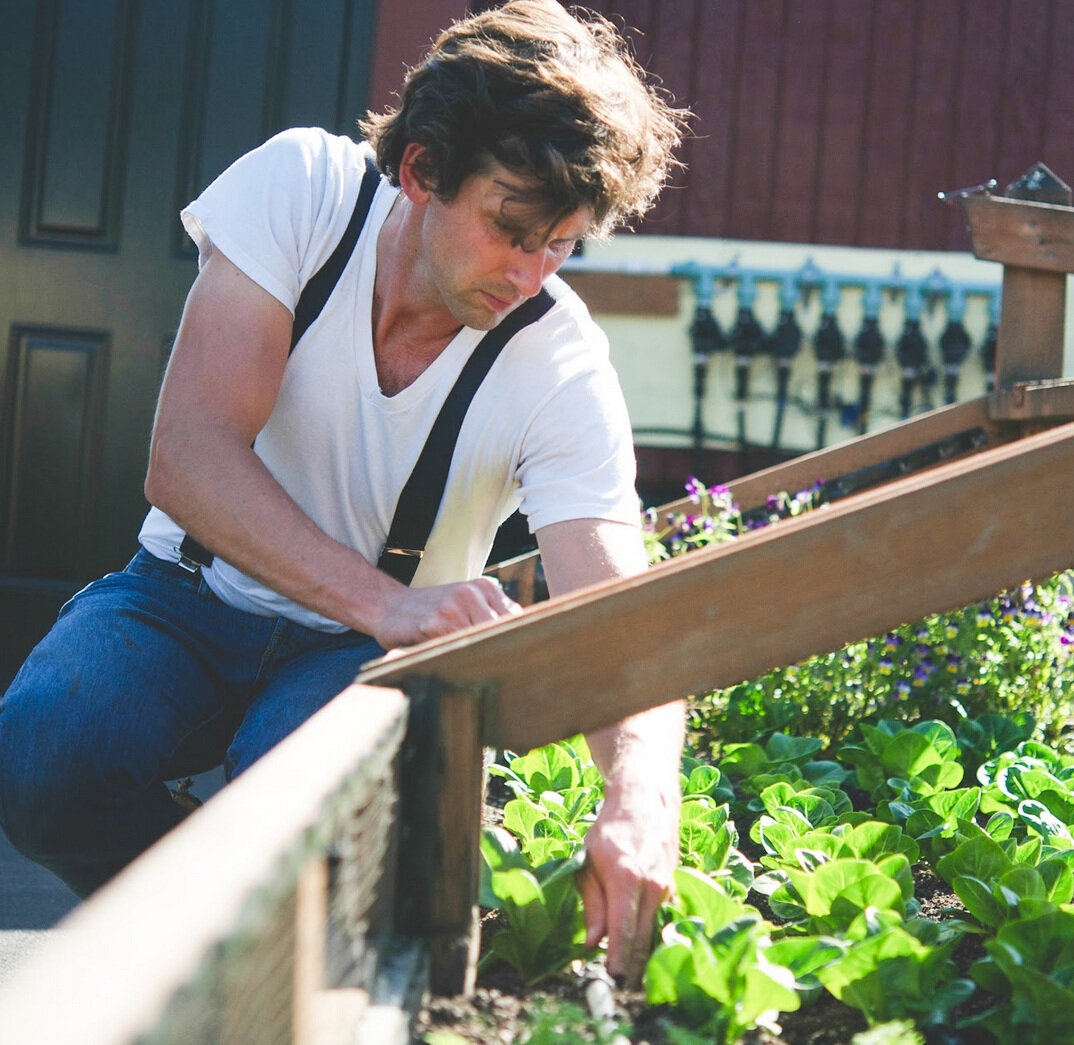In this episode Hilary and Colin answer a listener's questions about wood-framed raised bed construction best practices. Seattle Urban Farm Company has designed and built hundreds of custom raised bed gardens in the Seattle area, so check out this episode for an inside scoop on all of the pro tips!
HOW TO LISTEN:
Subscribe on iTunes, Stitcher, Spotify, or any of your favorite podcast players to have new episodes sent directly to your device.
Listen right now in your browser by clicking above.
SHOW NOTES:
In this episode, we discuss:
How to choose the best material and prepare your site for a long-lasting wood-framed raised bed garden.
The following garden beds are both constructed using 6” wide rough-cut cedar boards, and treated with internal wood stabilizer. The garden on the left was treated with the clear stabilizer, and the garden on the right was treated with the tinted version of the product:
Important Take-aways:
Raised beds come in all shapes and sizes. In the episode we focus on wood-framed raised garden beds because they’re by far the most popular type with our clients; but technically, raised beds can be as simple as a mound of soil built up in a dedicated location, or as complex as mortared stone beds.
4x8' rectangular beds are the most economical size wood-framed bed to build because 8’ boards are the least expensive cut of lumber, and they require no wood waste. We like to build our beds out of 4x8’x6’ boards.
How to get the most life out of your raised beds:
Choose high-quality lumber
Treat lumber with a food-safe internal wood-stabilizer
Take the time to prepare your site so that your beds are situated on a stable, smooth surface
Install cross-bracing on any bed larger than 4x4’
Keep your bed construction simple; often details such as mitered edges won’t wear well when exposed to the elements
Lining your beds. The following are situations in which lining your beds with landscape fabric, and/or hardware cloth, will go a long way in improving your growing experience and the safety of the food you’re growing:
Line the inside of your beds with landscape fabric if your subsoil is contaminated, or if your beds are sited on an impervious surface.
Line the bottoms of your beds with landscape fabric, extending the material beyond the edges of the beds or if you have large trees or shrubs* near by. If you line the insides of your beds to exclude roots, it’s possible that the roots will work their way up the sides of the beds between the landscape fabric and the wood-frame. I know this sounds extreme, but we’ve seen it!
Line the inside of your beds with landscape fabric, and staple hardware cloth to the bottom of the beds if you think there’s a possibility that burrowing pests like moles and voles might be around.
*Leyland Cypress is a very common privacy hedge plant with particularly aggressive roots!
Beds that are built near large trees or shrubs (see photo on left for Leyland Cypress example from podcast), or on impervious surfaces such as patios and rooftops, should be lined with landscape fabric:
Our books will help you build a better garden:
Like what you hear? Please share our podcast with a friend. Subscribe on iTunes, Stitcher, Spotify, or any of your favorite podcast players to have new episodes sent directly to your device. And we'd really appreciate you showing us some love by leaving a rating and review on iTunes.
Have a topic you'd like see us dig in to? Email us at eb@seattleurbanfarmco.com


